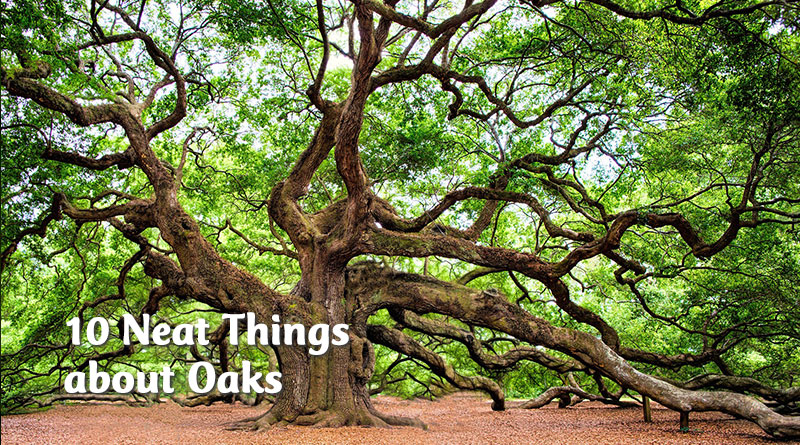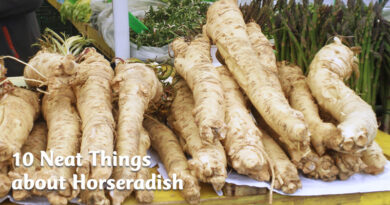About Oaks

1. Quercus and the Celts
Quercus is the botanical name for oak and it is from the Celtic language meaning “tree above all others”. It is said that King Arthur’s round table was made from a single slab of a great oak. The word acorn derives from an old English word, aecern, meaning fruit or berry. In Britain, the word Druid derives in part from the oak (dru – oak).

2. Great oaks from little acorns grow.
This 14th-century proverb, which was preceded by the line, “Large streams from little fountains flow”, epitomizes the character that people over the centuries have attributed to the strong, hard wood, long-lived oak. The tree was sacred to Zeus and Jupiter; a crown of leaves was a high honour.
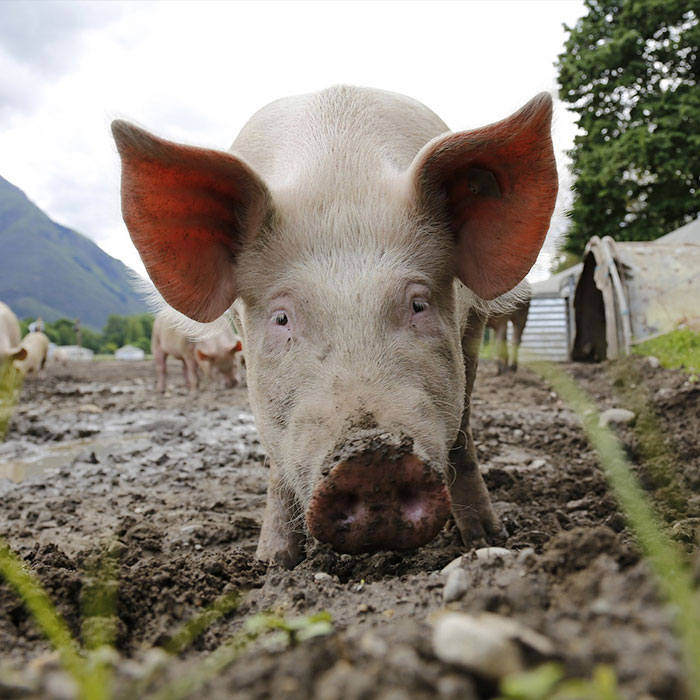
3. “There in the wood, a piggy wig stood, with a ring on the end of his nose…”
The owl and the pussycat must have seen this pig in an oak wood. In a custom known as pannage, in medieval England, pigs were released into the woods to clean these and other nuts from the forest floor. As a right of the common people, the pigs were allowed to graze the nuts for just 60 days each year when the acorns were dropping. Breeding sows, known as “privileged pigs”, could browse the woods anytime, although they were required to return home at night.
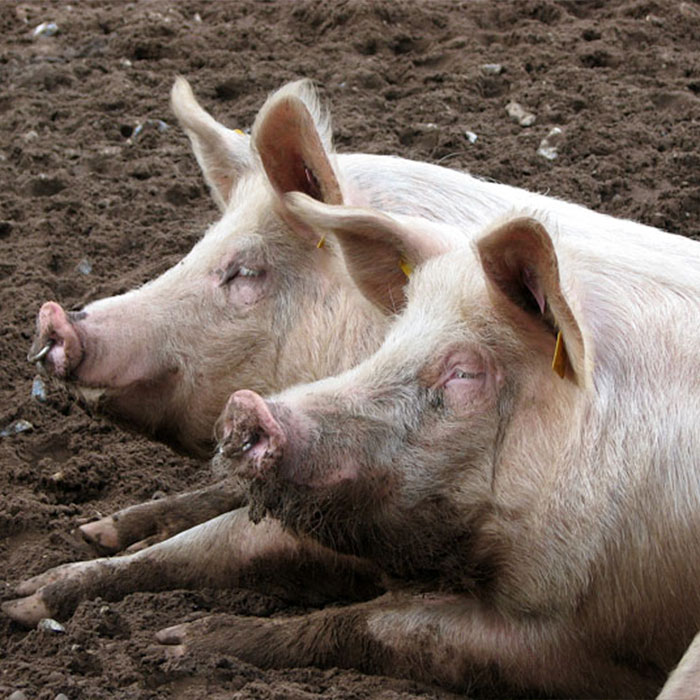
4. Oh, yes. The ring.
Rings were placed in the noses of grazing pigs to keep them from rooting up the turf.
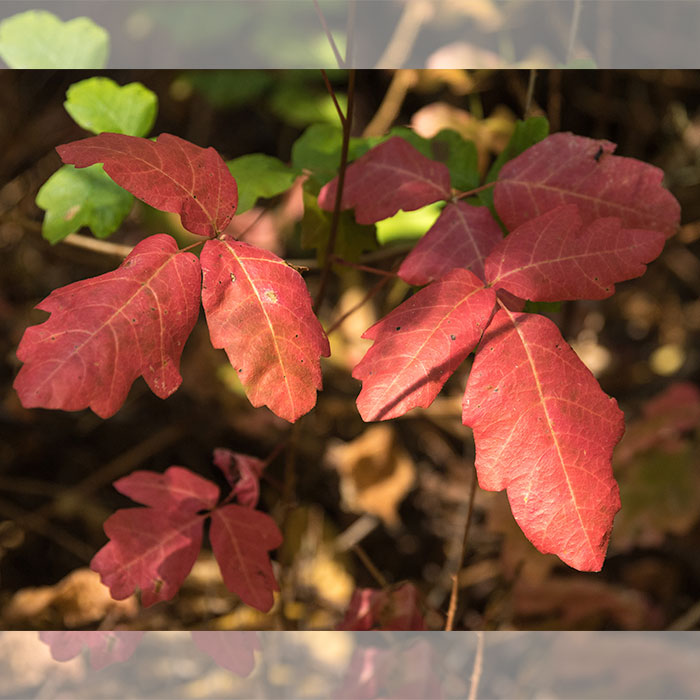
5. Poison.
The contact dermatitis-causing plant, commonly known as poison oak, is not an oak, but oak leaves can be poisonous and sometimes fatal to a wide range of livestock. Eating the leaves in large amounts, especially in springtime when the leave are young, can cause stomach and kidney damage to horses, cows, sheep and goats. In fall, it’s the acorns that cause the damage. Leaves and acorns contain tannins that can affect the lining of the stomach, causing it to slough off. The tannins are the tree’s defence against browsers, but strangely, livestock can become addicted and seek it out. (Well, livestock aren’t the only animals to ingest things that are bad for them, are they?) Strangely, deer are not adversely affected by acorns.
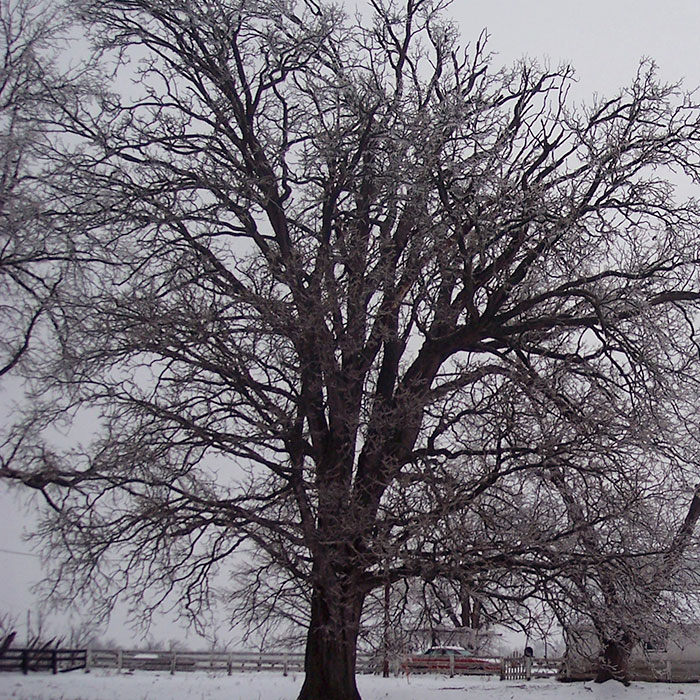
6. Our home and native oak.
Several species are native to North America. In Canada, the most common is the bur oak, a member of the white oak subdivision. We also grow species in the red oak subdivision, most commonly in Ontario. But this tree family occurs naturally from southeastern Saskatchewan through to New Brunswick. The bur-type grows best on deep, dry, rich-bottom lands. It prefers well-drained sandy or clay loam soils on prairies or savannas, but it also occurs on upland limestone soils and at the northern limits of its range, on shallow soil over granite bedrock. Trees may be stunted on exposed shallow soils. In dry soils, it sends its tap root as much as five feet under the surface in search of moisture and nutrients. Mature trees can easily take up to 50 gallons of water a day, most of which is expired back into the atmosphere through their leaves.

7. Historic oaks.
There is a Northern red oak in Ontario that is 120 cm (47 inches) in diameter! Red oaks commonly grow to 400 years old. There is a 300-year-old white oak in Burlington, ON which has been designated a provincial heritage tree. In fact, there are many famous individual and ancient ones. The Bowthorpe oak in Lincolnshire, England is said to be 1,000 years old. Our humble bur oak can live up to 400 years under ideal conditions, but it generally lives to about 200. The oldest known is the Pechanga Great Oak tree in California, said to be 2,000 years old.
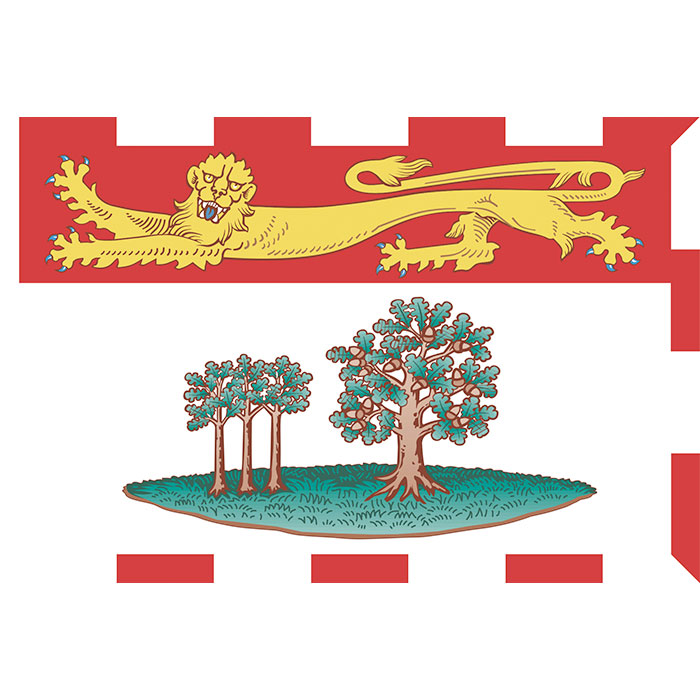
8. National tree.
The oak is the national tree symbol for at least 14 countries and many counties and states in Europe and the United States. It is the provincial tree of Prince Edward Island. In the United Kingdom it is the symbol of the Conservative Party.
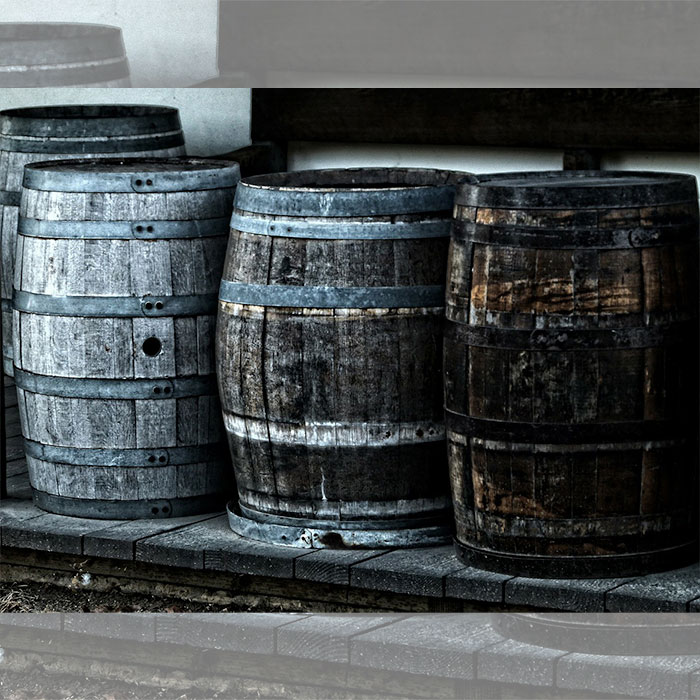
9. Oak for smoke and flavour.
Oak chips are used to smoke fish, cheese and meats. It is used to make barrels for aging sherry, wines, brandies, scotch and bourbon. French oak apparently imparts a more “refined” (of course) vanilla taste to wine. So called American oak barrels provide a rougher, more textured quality, but are also more resistant to the negative effects of aging. If you are tannin sensitive, look for an un-oaked wine.

10. Hey, you forgot your cupule!
The little cup that is left behind when the acorn nut separates from it is called a cupule. By the way, people can eat acorns if they are processed: soaked or made into flour. Wikipedia says that “In the 17th century, a juice extracted from acorns was administered to habitual drunkards to cure them of their condition or else to give them the strength to resist another bout of drinking.”
– Dorothy Dobbie Copyright©
Pegasus Publications Inc.

